Data helps identify gaps and opportunities for improvement in existing policies, processes and practices.
Collecting baseline data is key to accelerating gender equality in the workplace. Data provides credible evidence that can be used to demonstrate to internal and external stakeholders that there is an issue that needs to be addressed. Conducting a baseline assessment can take many shapes depending on the organization’s reality, but in general, it entails gathering existing or new data and analyzing the results in order to develop a comprehensive understanding of the state of gender equality in the workplace. In the case of organizations that missed this step before implementing initiatives, collecting baseline data works as a diagnostic to assess the extent to which gender equality is institutionalized into policies, procedures, and practices.
Baseline data provides organizations with specific information to:
- Help leaders to understand the organization’s workforce demographics.
- Identify gaps and opportunities for improvement in existing policies, processes, and practices.
- Inform realistic goal setting and monitor progress towards these results.
- Develop a roadmap for action and determine high-impact initiatives.
- Build capacity and long-term support for gender equality by making the cause familiar or tailored to the organization.
Success Factors for Baseline Assessment of Gender Equality
- Collect and use all data available and relevant to your organization, not only information directly linked to gender equality. Data-driven action plans have the greatest impact on progress, and the more relevant data you have to work with, the greater the chance is you will be able to identify hidden challenges, gaps, and areas for improvement.
- Review current data collected by human resource systems, including: recruitment, hiring, and selection; training and development; promotion; retention and termination. Not all relevant information will be new to the organization and existing sources can complement specific gender equality assessments.
- Collect quantitative and qualitative data to create a comprehensive understanding of the current status of gender equality. Use participatory methods, including anonymous surveys, focus groups, and in-depth interviews, to facilitate the recognition of all stakeholders’ perspectives on gender equality.
- Leading companies “manage what they measure.” Carry out a rigorous analysis and use your baseline data to drive informed decision making, establish realistic goals and targets, and enable leaders to integrate gender equality into the organization’s core. Data is only useful when transformed into relevant insight that supports decision making.
Good Practices in the Private Sector
In 2015, Accenture Canada set the goal of gender parity by 2025 and assessed its ability to achieve it through data collection, analysis, and modelling. The process helped Accenture realize their Consulting unit was on track to parity, but their Technology and Digital units were struggling given the state of STEM in Canada. As a result, they focused their actions on the struggling teams to support the achievement of their organizational goal. These efforts have resulted in the gender mix of unsolicited applicants improving significantly.
Sumitomo Chemical signed on to the Women’s Empowerment Principles (WEPs) initiative from UN Global Compact and UN Women and used the Gender Gap Analysis Tool to complete a self-assessment of its gender equality performance. Using the tool to produce a baseline assessment allowed Sumitomo Chemical to engage different departments on the subject of gender equality and identify focus areas or opportunities for progress, including setting representation targets to improve on specific data identified in the assessment and instituting initiatives related to career development for women to support these representation goals.
Recommendations for Baseline Assessment of Gender Equality
- Review systems and processes in place to expose structural biases (e.g. initiate a résumé study within your company to assess the weight of every requirement).
- Disaggregate baseline data not only by gender but also by other social identities (e.g. race/ethnicity, age, sexual orientation, disability/ability, age).
- Be transparent about the goals of your assessment and how you will be using the data you collect. To provide assurance about the validity of the data, consider conducting a third-party gender audit.
- Involve senior leadership and communicate results of the assessment. Everyone across the organization should be informed of the results as a measure of transparency and accountability.
- Create a mechanism to capture fragmented gender data. Streamlining gender data from different sources into an exclusive location can prevent misinformation.
Assess Your Organization’s Baseline Assessment of Gender Equality
- Has your organization collected baseline data to assess the state of gender equality in the workplace?
- What methods and sources does your organization use to collect baseline data for assessing the state of gender equality in the workplace?
- Has your organization collected disaggregated data to assess the state of gender equality in the workplace?
- Has your organization used employee input to inform its understanding of the state of gender equality in the workplace (e.g. use of surveys, focus groups, in-depth interviews)?
- Has your organization assessed the gender distribution of all organizational levels (i.e. Board of Directors, senior leadership, senior management, middle management, and workforce)?
- Has your organization assessed the gender distribution of all organizational units (e.g. teams, departments, functions)?
- Has your organization assessed the gender distribution of all types of workers (e.g. permanent, casual, contractors, shift, seasonal, trainees, students)?


